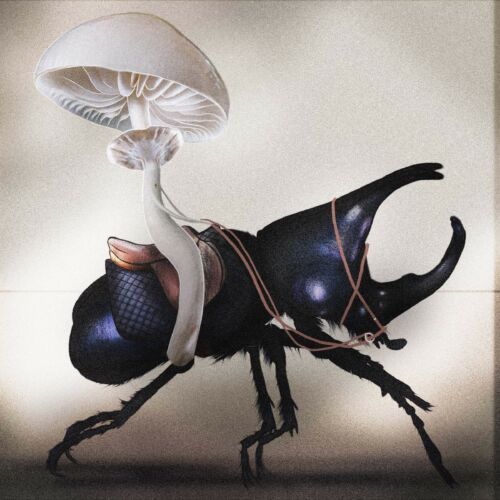“Culturally modified trees” and the Inuit versus undersea noise
What are “culturally modified trees”? The Nuchatlaht First Nation – an indigenous community in British Columbia – has filed a lawsuit against this Canadian province, claiming rights to approximately 200 km² of land in the northern part of Nootka Island in the Pacific Ocean. Charles III, the monarch of Canada, currently owns the land. The Nuchatlaht, on the other hand, consider themselves the rightful stewards of the land for thousands of years, and they want to restore its natural richness. One of the proofs of their ownership is to be found in the hundreds of years old scars on the trunks of Virginian juniper trees, which were formed when the valuable bark was harvested. The ancient junipers are, therefore, “culturally modified trees” – they show characteristics of cultural use by indigenous peoples.
For centuries, the hunting for narwhals and ringed seals has provided food for the Inuit in Pond Inlet (Mittimatalik) on Baffin Land. Today, indigenous people no longer find narwhals where they should. In their opinion, the hustle and bustle of maritime transport are to blame for this. Underwater noise in the Arctic has doubled in the last six years – due to the climate crisis, and ice is melting, opening up new shipping lanes. Noise can critically disrupt the lives of marine mammals: it limits the distance they can communicate, causes stress and displaces animals from their habitats. The ICC, a body representing 180,000 Inuit in Alaska, Canada, Greenland and Chukotka in Russia, has called on the International Maritime Organisation to adopt mandatory measures to reduce underwater noise from shipping.























